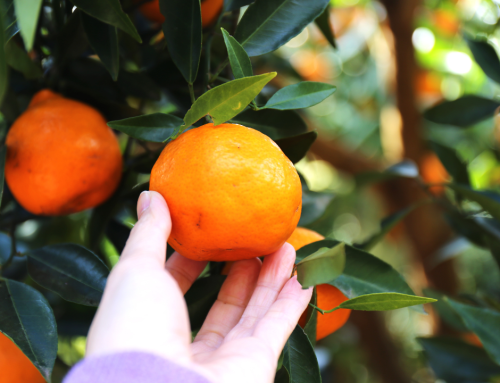A regional snapshot
Fruit fly trapping rates spiked in late August and early September reflecting the emergence of adult fruit fly from their winter refuges. The weather outlook for October in the Goulburn Murray Valley favours the survival and egg-laying capacity of these fruit fly. Early vigilance (looking for sting marks on fruit) and orchard hygiene (removal of unwanted fruit and fruiting plants) will reduce the impact of the new fruit fly generation.
Spring outlook
The Bureau of Meteorology forecasts that October 2021 will be a warmer and wetter month than average. For the majority of the region, there is a 70-75% chance that October will be wetter than normal (25mm-50mm). These conditions favour fruiting of fruit fly host fruit such as loquats and apricots, the spread of fruit fly food such as bacteria, fungi and yeasts, as well as encouraging the growth of fruit fly eggs, larva and pupae and the lengthening of adult fruit fly lifespans and cycles.
Orchard maintenance
It is important to monitor traps and fruiting plants for signs of early fruit fly incursion especially in plants that are growing away from well-managed orchards. Extra vigilance is required in the following areas:
- Feral fruiting plants growing on creek banks, roadside reserves, front yards, untended and abandoned orchards.
- Fruiting plants used as street trees and hedges/ boundary plants. These plants include peaches, apples, blackberries, rosehips, prickly pear.
Monitor hot spots
Despite the August/September spike there is more variance between high and low numbers in the Goulburn Murray Valley traps this year compared to previous years.
It is recommended that residents in the following towns and orchardists situated within approximately 400m of the edges of these towns be on the look-out for fruit fly:
- Mooroopna
- Kyabram
- Tatura
- Violet Town
- Numurkah
- Merrigum
- Rochester




